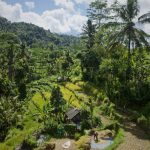Jatinga Bird Suicide Mystery: Unsolving Bermuda Triangle of Birds
Lush greenery and rolling Borail mountains playing with clouds are the things that pop into mind when we think of the Jatinga Village in Assam, which is located in the sum district of Dima Hasao. But as every coin has two sides, the Jatinga Village also has a dark side, for which it has attracted the attention of many scientists, ornithologists, bird experts, and tourists alike.
About Jatinga Bird Suicide Mystery
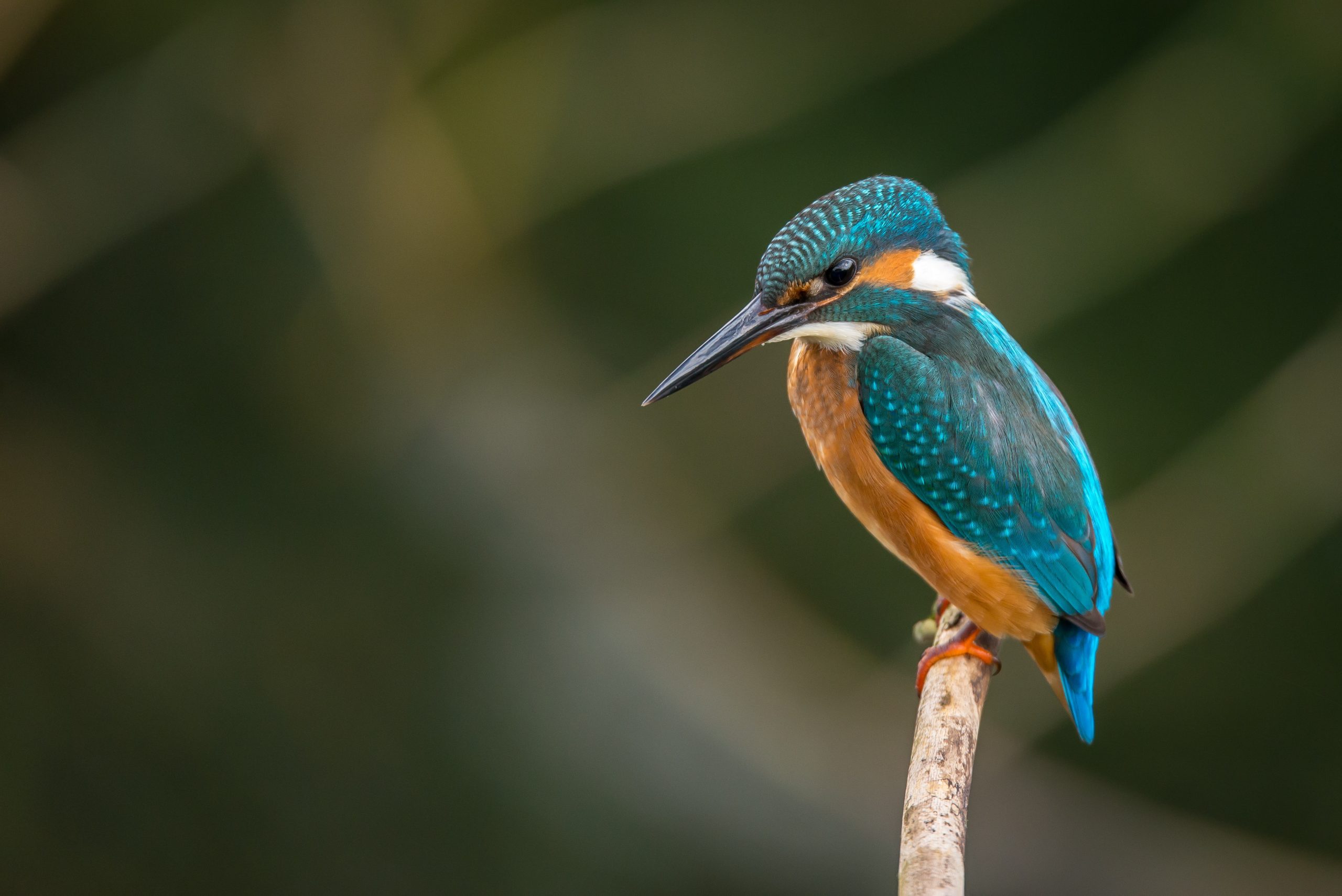
What makes Jatinga different from other beautiful villages is the strange thing that happens during the dark, foggy nights. As the night gets dark and the fog rolls in, a strange event unfolds in this village. Thousands of birds, ranging from local birds to migratory birds, start flying around the village in huge numbers at night.
Birds flying at night? Sounds weird, right? But what’s even more weirder is the purpose of their flight at night. During the flight at night, the birds behave abnormally and these birds commit suicide randomly by crashing into buildings, trees, etc. This mass bird suicide has been a mystery that numerous experts have tried to solve over the years.
The morning followed by these disastrous nights, the villagers here wake up and see this haunting sight. Countless birds commit suicide, die, and just lie on the streets of the village. This unexplained phenomenon has earned Jatinga the ominous reputation of being the “Bermuda Triangle for Birds.” People have been scared of these nights for years, thinking that evil spirits are in the area
Also Read: Dare To ‘Dine With Dead’ At Lucky Restaurant, Ahmedabad
The Phenomenon of Mass Bird Suicide
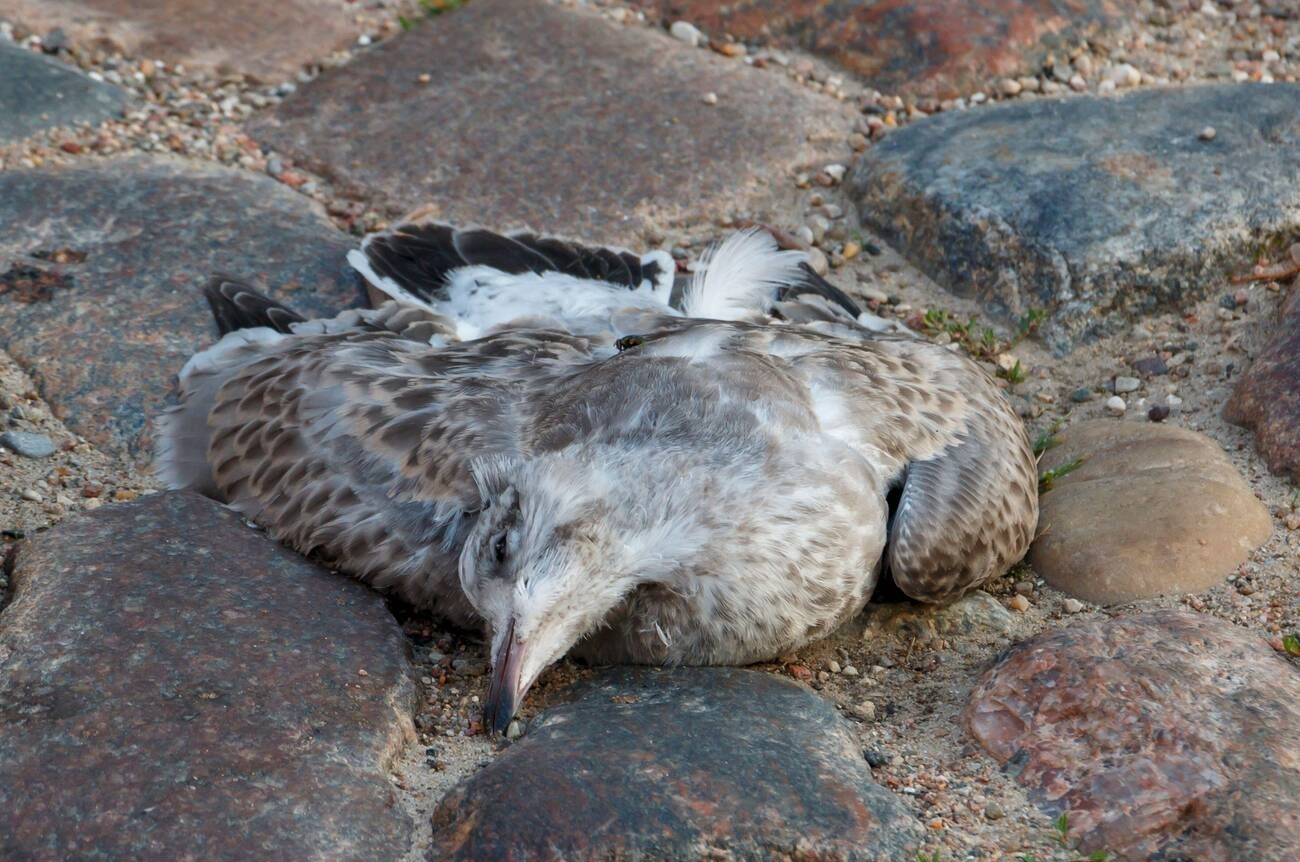
Assam’s Jatinga village has been the site of a bizarre and mysterious phenomenon known as Mass Bird Suicide. This phenomenon has puzzled both scientists and locals and is most commonly observed during the last months of September to November when the area experiences intense rainfall and cloudy skies.
The strange phenomenon of mass bird suicide occurs specifically on a 1.5-kilometer patch of the ridge where Jatinga Village is situated. This ridge is surrounded by the lofty Borail Mountains, contributing to the mystery of the area.
The birds typically exhibit this unusual behaviour during night especially on no-moon nights, when there is no moonlight. On these nights the birds commit suicide between 7 pm and 10 pm, creating the perfect conditions for the phenomenon to unfold.
During the mass bird suicide, the birds in the vicinity of Jatinga Village exhibit disoriented and erratic behaviour. They become visibly confused, often flying erratically and incoherently. Thus the birds tend to fly towards artificial light sources. These light sources can include streetlights, bonfires, and the lights from the village itself. The birds seem to be attracted to the lights, which ultimately leads them to their demise as they crash into buildings and trees near the light sources.
Various species of birds commit suicide in this Jatinga Village. Some of the commonly observed species include the tiger bittern, little egret, black bittern, pond heron, Indian pitta, and kingfishers. However, the long-distance migratory birds don’t seem to be affected by this phenomenon.
The Jatinga Village and its eerie nights continue to attract the curious and the mystified, reminding us of the profound mysteries that nature holds.
Also Read: Kongthong Whistling Village: A Musical Journey In Meghalaya
History of Jatinga Bird Suicide Mystery
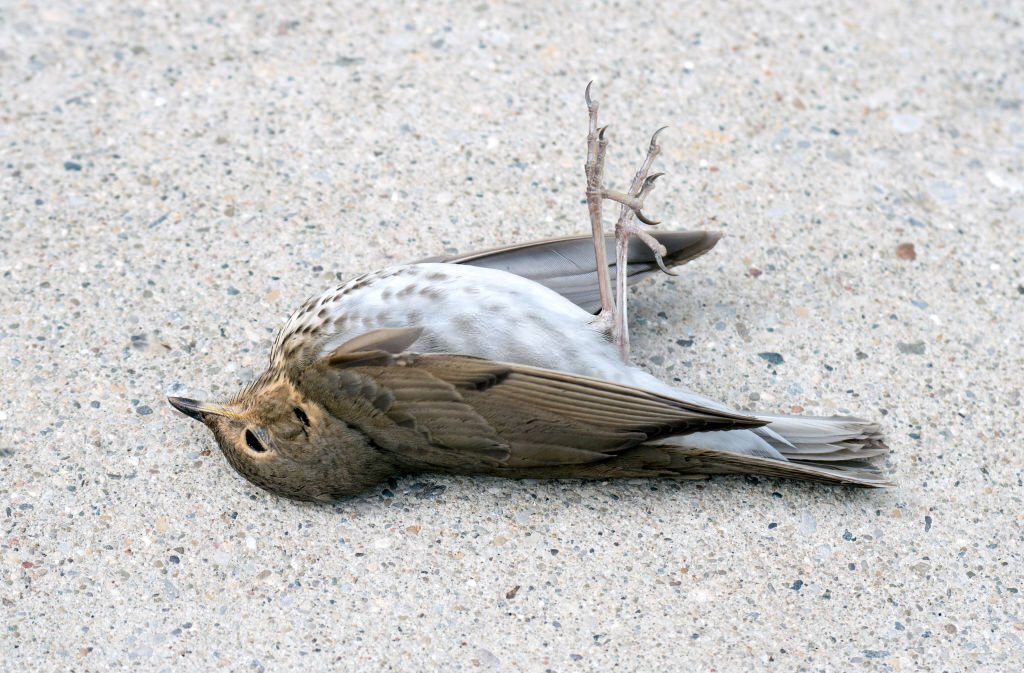
The history of the Jatinga Bird Suicide Mystery is a tale steeped in folklore and intrigue. It was first observed by the Nagas in 1900, who, upon witnessing the strange phenomenon, fled from the region, convinced that it was cursed. The Nagas, indigenous to the area, had no explanation for the mass bird suicides that occurred during moonless nights, leaving them in fear and awe.
In 1905, the Jaintia people settled in the same region and encountered this bizarre phenomenon. Unlike the Nagas, the Jaintias did not view it as a curse; instead, they saw it as a unique gift from nature. These newcomers not only marveled at the spectacle but also savored the meat of the birds that descended upon Jatinga Village during these mysterious nights.
The stark contrast in reactions between the Nagas and the Jaintias highlights the cultural diversity and varied perceptions of the phenomenon. While the Nagas associated it with evil forces, the Jaintias embraced it as a blessing, showcasing the intricate interplay between culture, belief systems, and the mysteries of nature.
Also Read: Gartang Gali: An Ancient India-Tibet Route In Uttarakhand
Theories Behind Jatinga Bird Suicide Mystery
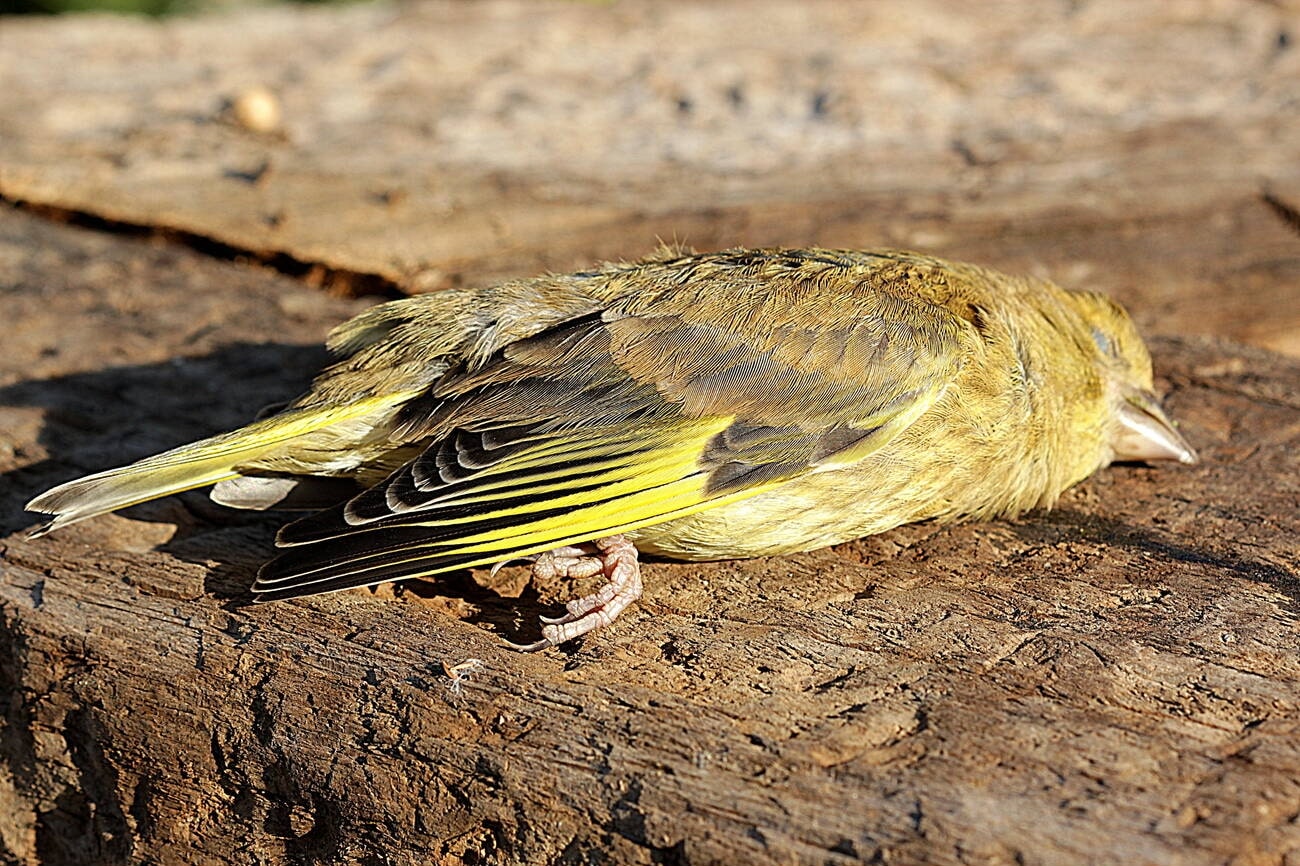
The mass bird suicide in the Jatinga Village has led to a variety of theories and interpretations over time, reflecting a complex combination of cultural influences, scientific knowledge, and traditional knowledge. Here are some of the prominent theories surrounding this enigmatic phenomenon:
1. Nagas’ Belief in Evil Spirits
The original inhabitants of the area, the Nagas, thought the bird suicides were caused by evil spirits. They were so scared and superstitious that they thought it was a sign of the supernatural and ran away in terror.
2. Jaintia Tribe’s Unique Perspective
Unlike the Nagas, the Jaintia tribe, who settled in Jatinga in 1905, considered the mass bird suicides as a blessing. They not only marveled at the spectacle but also actively participated in the killing of the birds.
It was discovered that members of the Jaintia tribe would use poles to strike the birds as they descended upon the village during moonless nights. As the birds fell on the ground, they were beaten to death and their meat was cooked for meals. Another reason, for the Jaintia’s killing these birds was to attract attention from tourists and experts, which adds a twist to the phenomenon.
With the intervention of non-governmental organizations (NGOs) and experts, the practice of actively killing the birds by the Jaintia tribe has decreased significantly. These organizations educated the locals and asked them to stop killing them. Thus, the mass bird suicide in Jatinga Village decreased by 40%. This added a twist that it was not just mass bird suicide but something weird.
3. Scientific Explanation
Some scientists and ornithologists propose a scientific explanation for the mass bird suicides in Jatinga. They point to the unique topography of the region, surrounded by mountains on all sides. During the monsoon season, heavy fog and strong winds can disorient the birds, causing them to lose their sense of direction. As a result, the confused birds collide with buildings, trees, and mountains, leading to their demise.
Among the various theories surrounding the Jatinga Village Mass Bird Suicide phenomenon, none of these phenomena explain the birds taking flight at night. Well, here is another theory answering this question.
Also Read: Beautiful Yet Tragic – Story Of Nohkalikai Waterfalls Cherrapunji
4. Magnetic Pull Theory
Dr. Sudhir Sengupta, a researcher from the Zoological Survey of India, conducted a study that sheds light on this alternative perspective. According to this theory, several environmental factors, such as water percolating through the rocks and rising underground water levels due to monsoon rains, can affect the magnetic and electrical characteristics of the ridge where Jatinga Village is located.
These altered magnetic and electrical properties potentially disturb the sleeping birds, making them restless and prompting them to take flight. As the birds take flight over Jatinga, the magnetic properties of the ridge may further interfere with their nervous system. This interference could explain the erratic and disoriented behavior exhibited by the birds during moonless nights. They may become confused and disoriented, leading them to crash into buildings, trees, and other objects in the village.
The Magnetic Pull Theory offers a unique perspective on the Jatinga Bird Suicide Mystery, suggesting that natural environmental changes, particularly those related to the magnetic field, may play a significant role in triggering this phenomenon. While further research is needed to validate this theory, it adds to the complexity of the mystery and highlights the need for a holistic understanding of the factors at play in Jatinga’s enigmatic bird suicides.
Conclusion
Theories surrounding the Jatinga Village Mass Bird Suicide continue to evolve as researchers strive to unravel the mysteries of this phenomenon. While cultural beliefs and practices played a role in shaping early perceptions, scientific inquiry sheds light on the complexity of environmental factors and bird behavior. The quest to fully understand this enigmatic occurrence remains ongoing.





